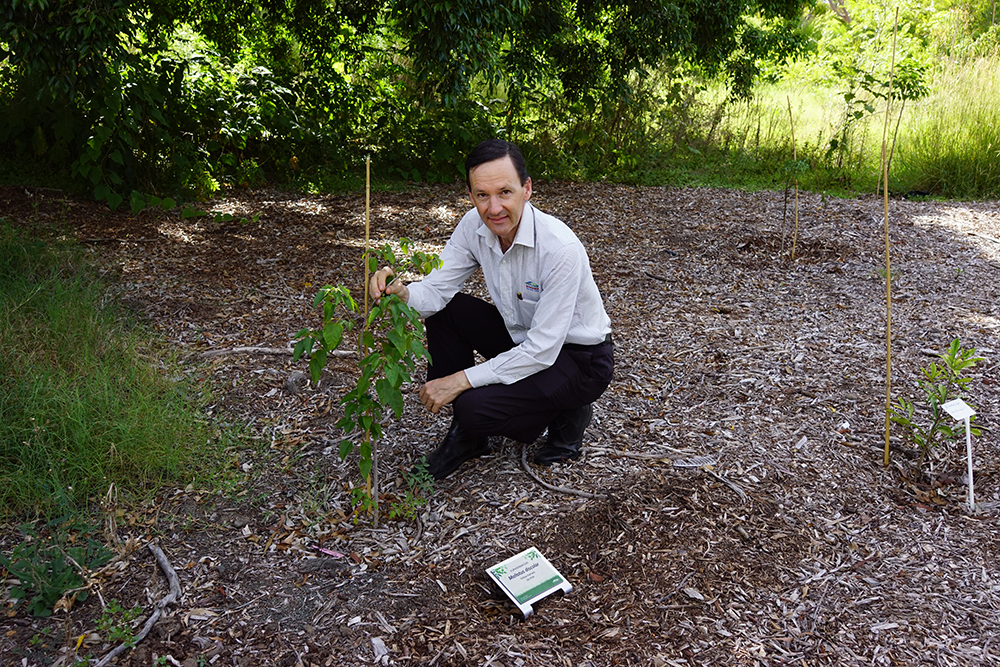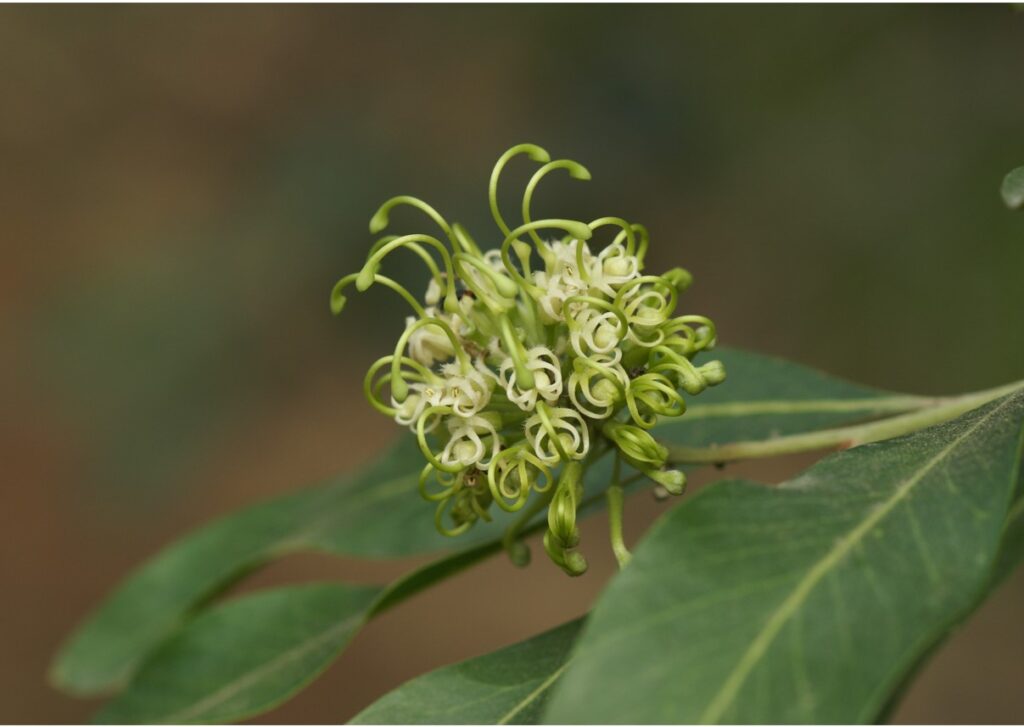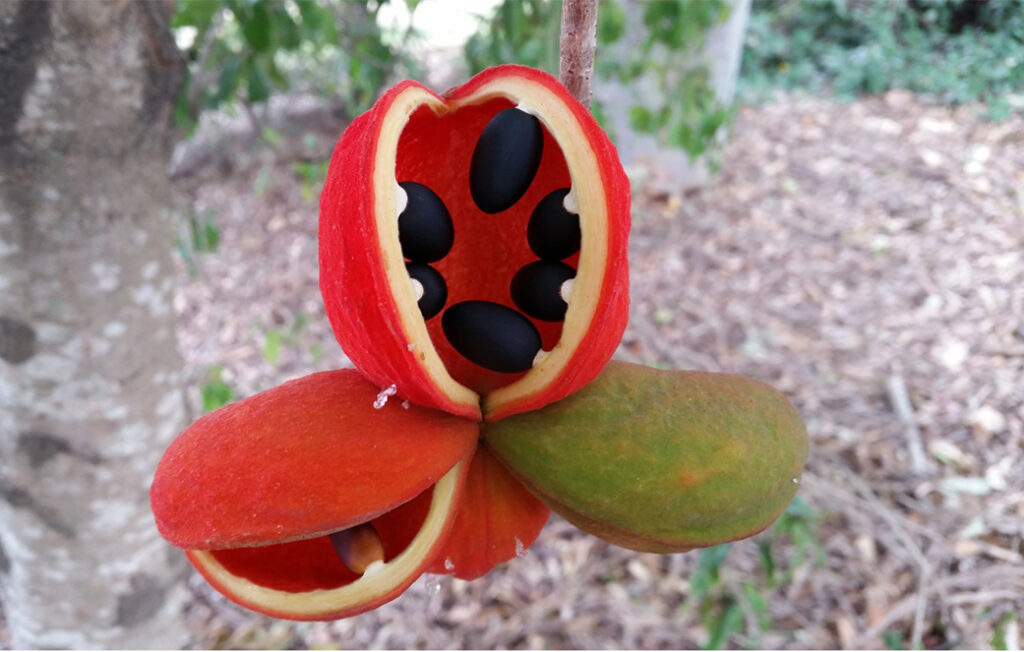
After a year of careful planning, Bundaberg Regional Council staff have planted a new and unique area of rainforest in the Bundaberg Botanic Gardens.
Located on an under-utilised bare strip of land on the western side of the gardens, the newly planted trees will eventually grow into a vegetation type called “dry rainforest”, which once covered parts of the Bundaberg Region.
A professional ecologist experienced in rainforest restoration has guided the planting process which includes the use of mulch, legumes and “pioneer” plants to help establish a rainforest canopy.
Parks and Gardens portfolio spokesperson Cr Wayne Honor said the new area would be a link to the history of the Bundaberg Region.
“For thousands of years the dry rainforests in our region were home for First Nations people and provided food, shelter, tools and medicine,” he said.
“Then in the 1870s, the huge supplies of valuable rainforest timber formed the basis of a timber industry, particularly with Hoop Pine in the Isis Scrub, Goodnight Scrub and at Pine Creek.
“Later on, the fertile red and black soils of the Woongarra Scrub and other dry rainforests near Wallaville and Booyal were highly prized for agricultural crops.”
“Having a dry rainforest at the Botanic Gardens will mean that visitors can see what the region looked like before settlement – like stepping back in time.”

Cr Honor said the new themed area would have many benefits.
“It will be unique, as dry rainforest is not well displayed in Australian botanic gardens,” he said.
“Usually, gardens use subtropical and tropical rainforest species including palms in well-watered situations surrounded by water features and including tree ferns and epiphytes.
“This is not typical of dry rainforest vegetation.”
Cr Honor said all of the chosen rainforest tree species were found naturally in the Bundaberg Region.
“They include drought hardy species which are not well known and deserve to be grown more widely,” he said.
“For example, the Shiny leaved Canthium (Psydrax odora), a small tree which is ideal for backyards, and has glossy leaves, highly fragrant flowers and edible fruit.
“Another great little tree is Yellow Kamala (Mallotus discolor) which provides dense shade, has a lovely, rounded canopy and produces yellow fruits which attract birds.
“As people visit the rainforest, they will see the labels on the trees and so will be able to learn more about rainforest species which grow well in the Bundaberg Region.
This might particularly interest landowners who participate in Council’s One Million Trees program.”
Other plants and trees featured in the dry rainforest include:
- Hernandia bivalvis “Greasenut” – very rare, edible seed roasted and eaten by Aboriginal people
- Vitex lignum vitae “Satinwood”– attractive flowers and fruit, good timber tree
- Clausena brevistyla – aromatic and edible fruit
- Rhodamnia dumicola – recently added to Critically Endangered list
- Clerodendrum tomentosum “Lollybush” – attractive and perfumed flowers, colourful fruit
- Cassia brewsterii – stunning flowers
- Melodorum leichardtii – bush tucker, fruit taste like apricots, flowers smell like ripe bananas
- Sterculia quadrifida or peanut tree – edible nuts
- Grevillea helmsiae – named after pioneering Childers botanist Sabine Helms who collected it in 1908
The new area of dry rainforest will be included in a future Master Plan for the Bundaberg Botanic Gardens, where community feedback will be invited on the potential for a concrete pathway, picnic shelter and botanical artwork in the area.






Congratulations on the dry rainforest effort. Where have we reached in our ‘One Million Trees’ programme? So proud of our Council encouraging these initiatives!